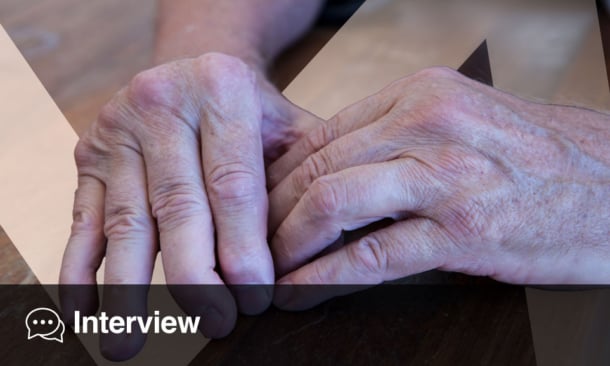MODIFIED stem cells derived from mice tails may hold the potential to fight and protect against arthritis, according to the findings of a recent study. A gene-editing tool, CRISPR, was used to remove a specific gene that contributes to the inflammatory process from stem cells that were converted from skin cells taken from mice tails. This gene was replaced by another that fights inflammation by releasing a biologic drug.
The current drugs available are given systemically and do not specifically target a patient’s joints; therefore they also affect the immune system, rendering patients vulnerable to adverse effects, such as infections. However, Prof Farshid Guilak, School of Medicine, Washington University, St. Louis, Missouri, USA, was optimistic about the future, stating: “Our goal is to package the rewired stem cells as a vaccine for arthritis, which would deliver an anti-inflammatory drug to an arthritic joint but only when it is needed.” He continued: “If this strategy proves to be successful, the engineered cells only would block inflammation when inflammatory signals are released, such as during an arthritic flare in that joint.”
After the mouse stem cells were grown in vitro, CRISPR, was used to replace a gene with a TNF-α inhibitor. Over the course of a few days, the cells were induced to grow into cartilage cells and to produce cartilage tissue. The researchers were able to conclude that the engineered cartilage was protected from inflammation. The cells lit up upon their response to inflammation, as researchers had encoded the stem/cartilage cells with a specific gene for ease of monitoring.
There is hope that this research can be replicated in animals and then later developed into a clinical therapy. TNF-α inhibitor, a biologic drug that, in response to inflammation, will be released once the cartilage grown from stem cells or the engineered cell comes into contact with inflammation, ultimately forming a protective shield. Prof Guilak added his concluding thoughts about the promise that this study holds for the future: “We believe this strategy also may work for other systems that depend on a feedback loop. In diabetes, for example, it is possible we could make stem cells that would sense glucose and turn on insulin in response.”
(Image: freeimages.com)








